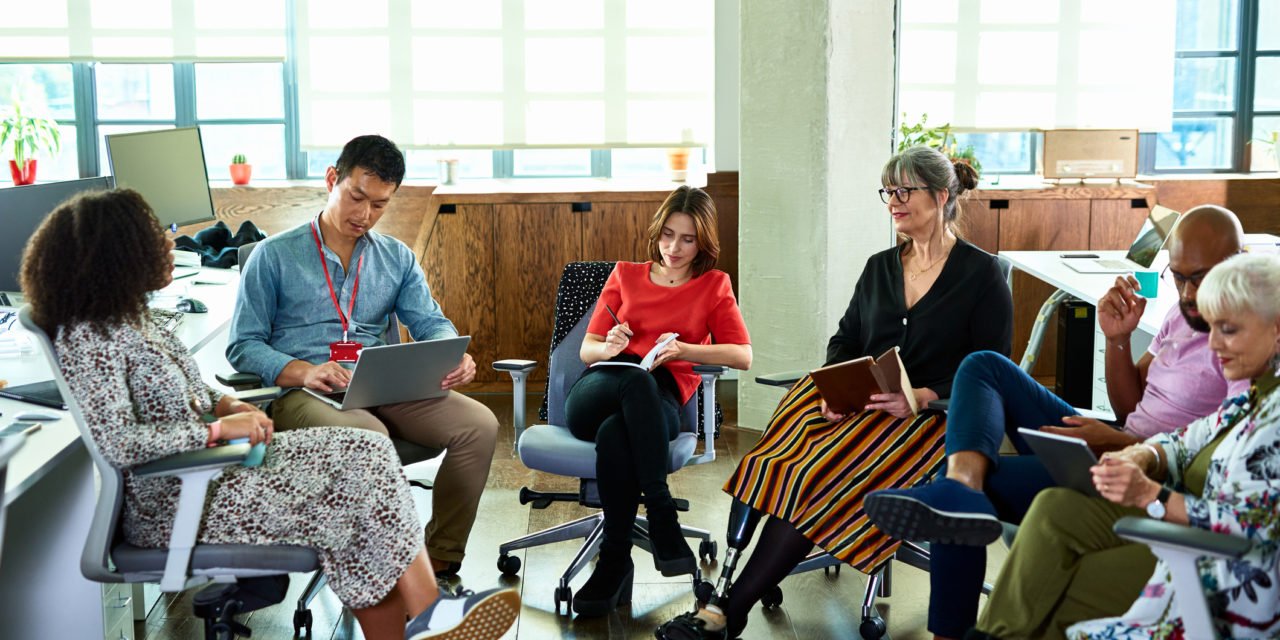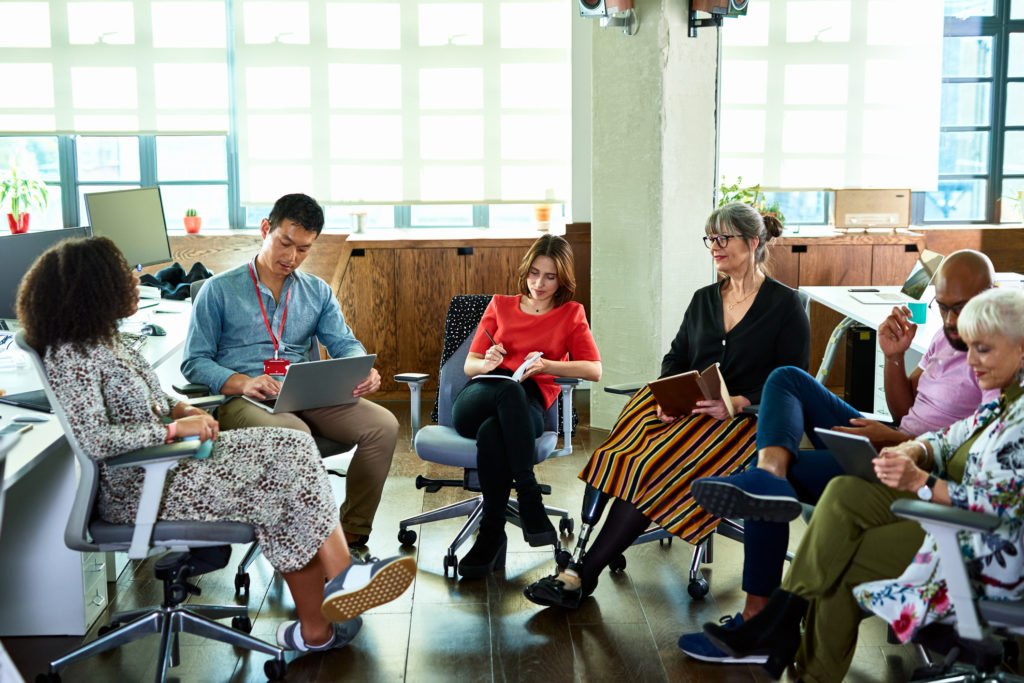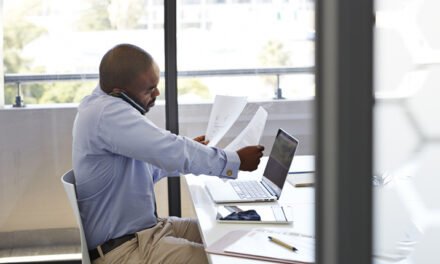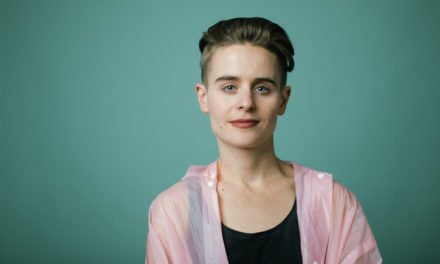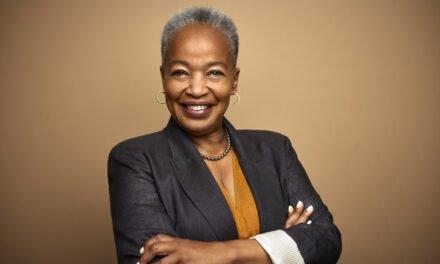This may be considered controversial, but I think it is an angle that deserves some discourse. When we think about inclusion, there seems to be an important piece that we overlook: What exactly are we fighting to be included in? An analysis of how our society is structured (beyond salient characteristics) should be a required part of diversity and inclusion work. We have made strides in increasing the physical diversity of people within workspaces, but when we consider the complexities of our humanity and our whole, authentic selves, how “diverse” are things, really? How do our beliefs and actions toward those different from us affect the experiences of people who are considered different in our environments?
Organizations are microcultures with their own set of rules and norms. The concept of “inclusion” in the organizational context follows the same social rules and norms as does larger society, typically. This means that, intentionally or not, building norms around inclusion in organizations will inevitably discriminate against anyone who doesn’t fit those norms. Having a racially diverse staff isn’t synonymous with having an inclusive culture. What we find, more often than not, is that organizations will still seek to maintain a level of comfort by including people who represent differences in ethnicity, religion, or gender… but who still bring similar thought patterns, backgrounds, and ways of being of the dominant group. The tattooed executive may still be excluded. The intelligent woman who uses Ebonics (or African American Vernacular English) may still be mistrusted and marginalized. The deeply pigmented may still be feared. How can DEI work analyze and address such situations?
Having a diverse staff isn’t synonymous with having an inclusive culture. Orgs maintain comfort by including people with differences in ethnicity, religion, or gender... but still bring similar thought patterns. Share on XUsing myself as an example: I am a dark-skinned, introverted woman. In most workplaces, the intersections of my personality and my color (not only my race) have created issues for me socially. Despite being top performing, open, mild-tempered, and intelligent (qualities that society says it values) these very same qualities are used against me. Regardless of how friendly and open I am (I have tested the theory), I am seen as unfriendly, a know-it-all, intimidating… and I am avoided as much as possible.
I have experienced microaggressions such as my boss printing my ID badge photo to be several shades lighter than I actually am, being fired for being “intimidating,” being told that my face is a problem (without specifying exactly what about it) and “just go get a technical job somewhere behind the scenes” – along with a host of other disgusting things in my career. Notice these not only relate to my race, but my color, and perceptions about it, along with a personality that doesn’t “match” expectations about what someone who looks like me should be like. There are many more stories similar to mine – even in 2022.
I've experienced microaggressions, like my boss printing my ID badge several shades lighter than I am, being fired for being 'intimidating,' being told to 'just go get a technical job somewhere behind the scenes.' Share on XAt this point in DEI work, we have stayed on the surface – it’s now time for us to dig deeper into behaviors and beliefs behind these experiences that continue to victimize those of us who are “included” in the workplace. What social beliefs and norms still exist that are counter to the ideas of true diversity and inclusion? If these ideals are not dissected and dismantled, surface-level efforts for diversity will serve to put already marginalized people in the line of fire – being included on the surface, but continuously victimized by the “cuts by a thousand razors” happening to us daily.
What social norms still exist that are counter to true diversity and inclusion? If these ideals are not dismantled, surface-level efforts for diversity will serve to put already marginalized people in the line of fire. Share on XSecondly, we should understand that overly simplified ideas of “inclusion” can still imply exclusion to some degree. What I find in discussion around DEI and general discussion around personal experiences is that there is still a standard to be met when talking about inclusion; focusing on “visible” differences like skin color is only one aspect of someone’s experience with marginalization. There are also deeply ingrained behaviors, social stigmas, and undercover processes that occur within organizations that keep those seen as “different” or “threatening” from reaching their fullest potential.
When we strive for inclusion, there will always be a risk of upholding implicit criteria for inclusion and exclusion. We must ask ourselves: who exactly are we striving to include? And, by extension, who are we excluding?
Consider:
- When we fight for representation, what is our criteria? If we are seeking representation of the Black community, who are we including as acceptable in our perceptions of Blackness? Are we drawing lines at certain shades of skin or hair textures? Does someone understand “the struggle” simply because their skin is brown? Are we interrogating how proximity to whiteness, socioeconomic status, and colorism shows up and even benefits some Black and Brown people?
- When we fight for women, are we excluding men? Those who identify as other genders? Are we assuming that anyone that is male has advantages and doesn’t suffer from other types of exclusion? How might intersectionality play in?
- Do all people have the same opportunities? Are those on the autism spectrum, introverts, or those that struggle with mental health seen as equally as deserving of achievement and regard as others?
Getting back to the basics means taking a deep and fundamental look at the commonly accepted behaviors and beliefs (unspoken and spoken) that are truly the driving force behind how society operates, and the forces we need to dismantle in order to make real, lasting change, keeping in mind that there is exclusion both interculturally and intraculturally.
Here are a few other questions to ask to generate discussion:
- Within my workplace or community, how do I treat people who are different than me? Am I inclusive of everyone, or do I exclude certain people?
- When I feel uncomfortable around someone who is different, how do I respond? What do I do to resolve the situation?
- Am I open and honest about my perceptions of others?
- Do I truly believe that all people have value? What dimensions of difference may still be tied up with conscious or unconscious biases for me? How might my biases show up when relating to people with different identities, and how can I continue to challenge myself to unlearn?
Inclusion cannot be segmented. Either a company (or community) is truly inclusive (including, respecting, supporting, and growing everyone, regardless of their intersectional identities) or they are not (by having criteria that excludes some based on norms rather than merit, need, or safety). Inclusion is also not a concept related to intergroup dynamics. Often, the idea of inclusion can create intragroup conflict wherein some members of the group meet newly established norms of “inclusion” and others may not. This perpetuates situations in which we are not able to be our full selves in the workplace, always striving to fit the established norms versus honoring our true selves.
Sure, standards need to exist – but we must make sure that these standards aren’t used as excuses to exclude. For example, stating that a leader must have certain characteristics excludes people who may do it well (or better) in different ways.
Sure, standards need to exist - but we must make sure these standards aren’t used as excuses to exclude. Stating that a leader must have certain characteristics excludes people who may do it well (or better) in different ways. Share on XWe must make it our goal to stop objectifying people with characteristics other than the agreed upon “norm” and connect on a human level to people of all types, learning to work and live with the utmost respect for each other.

